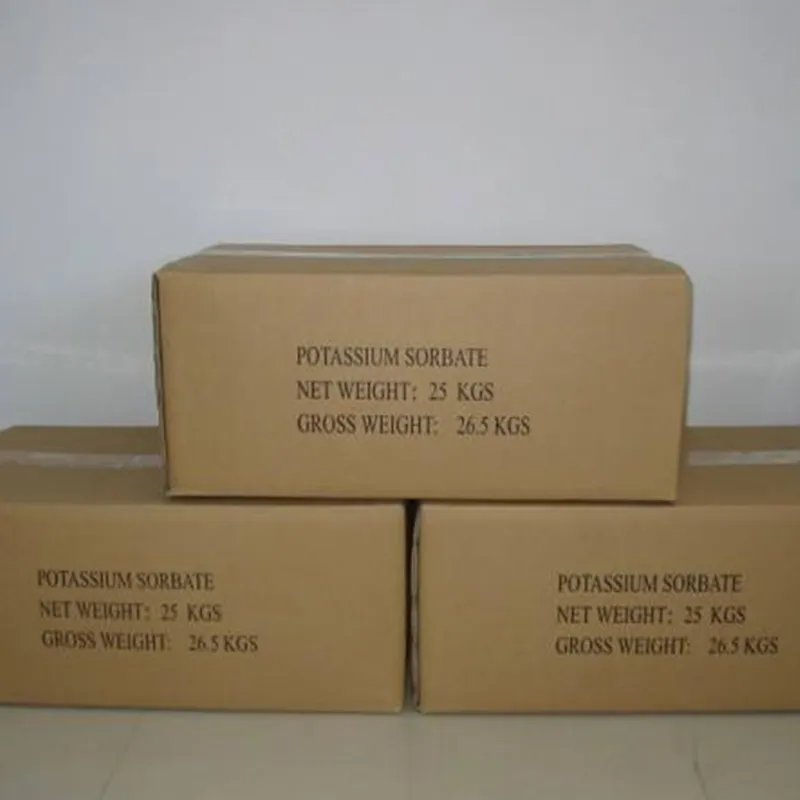
Using Isopropyl Alcohol for Effective Cleaning in Ultrasonic Cleaners
The Benefits of Using Isopropyl Alcohol in Ultrasonic Cleaners
Ultrasonic cleaners have become essential tools in various industries for their efficiency and effectiveness in cleaning intricate parts and delicate items. These devices utilize high-frequency sound waves to create microscopic bubbles in a cleaning solution, which implode on surfaces, effectively removing contaminants. When paired with isopropyl alcohol (IPA), ultrasonic cleaners can achieve remarkable cleaning results, particularly for sensitive electronic components, jewelry, medical equipment, and automotive parts.
Understanding Isopropyl Alcohol
Isopropyl alcohol, commonly known as rubbing alcohol, is a colorless, flammable liquid with a distinctive odor. It is widely used as a solvent, antiseptic, and cleaning agent. IPA is highly effective in dissolving oils, greases, and other organic contaminants. Its ability to evaporate quickly without leaving residue makes it an ideal choice for ultrasonic cleaning solutions.
Enhanced Cleaning Efficacy
When isopropyl alcohol is employed in an ultrasonic cleaner, it enhances the cleaning process significantly. The combination of ultrasonic waves and IPA allows for more efficient penetration into tight crevices and complex geometries that traditional cleaning methods may miss. This is especially important for cleaning delicate items like printed circuit boards (PCBs) or intricate jewelry pieces that have fine details and hard-to-reach areas.
The cavitation process in ultrasonic cleaning generates millions of bubbles that implode with force, creating a scrubbing action. When IPA is present, it further reduces the surface tension of the liquid, enabling better interaction with the contaminants. The result is a thorough cleaning that can remove even the most stubborn residues, such as grease and flux.
Safe for a Wide Range of Materials
Another notable benefit of using isopropyl alcohol in ultrasonic cleaners is its compatibility with various materials. IPA is safe for most metals, plastics, and ceramics, making it an excellent cleaning agent for a wide range of applications. Unlike harsh solvents, which can damage sensitive surfaces, isopropyl alcohol provides a relatively gentle cleaning solution that mitigates the risk of material degradation.
This property is particularly advantageous in the electronics industry, where components can be easily damaged by inappropriate cleaning agents. Using IPA in an ultrasonic cleaner allows technicians to clean complex assemblies without jeopardizing the integrity of the components.
Fast Evaporation and Minimal Residue
isopropyl alcohol in ultrasonic cleaner

One of the standout features of isopropyl alcohol is its rapid evaporation rate. This characteristic is beneficial in ultrasonic cleaning processes, as it ensures that items dry quickly after cleaning. For businesses and individuals alike, the speed of drying means less downtime between cleaning and use, improving overall efficiency.
Moreover, IPA leaves minimal to no residue, which is crucial in applications where cleanliness is paramount. Whether cleaning precision instruments or cosmetic tools, a residue-free finish is essential to maintain performance and appearance.
Practical Application Tips
To achieve optimal results when using isopropyl alcohol in an ultrasonic cleaner, it's essential to follow some practical tips
1. Dilution While pure IPA can be effective, diluting it with distilled water can enhance its cleaning power. A common ratio is between 11 and 13 (IPA to water) for optimal performance.
2. Temperature Settings Adjust the ultrasonic cleaner’s temperature settings to enhance cavitation. Typically, a temperature range of 50-60°C can improve cleaning efficiency.
3. Cleaning Time Monitor the cleaning time; longer durations do not always equate to cleaner objects. Depending on the material and level of contamination, 3-10 minutes is usually sufficient.
4. Load Size Avoid overloading the ultrasonic cleaner, as this can reduce the effectiveness of the cleaning process. Arrange items to maximize exposure to the cleaning solution.
Conclusion
In conclusion, utilizing isopropyl alcohol in ultrasonic cleaners offers numerous benefits, including enhanced cleaning efficacy, material safety, rapid evaporation, and ease of use. This combination is particularly valuable in industries that demand high standards of cleanliness and precision. By understanding how to apply IPA effectively, users can maximize the advantages of ultrasonic cleaning for various applications, leading to cleaner, safer, and more efficient operations.
-
Comprehensive Guide to Acetic Acid as Preservative: Benefits, Uses & Future TrendsNewsNov.24,2025
-
What Is a Food Additive? Global Insights, Applications & Future TrendsNewsNov.24,2025
-
968 Sweetener: The Modern Solution for Health-Conscious SweeteningNewsNov.23,2025
-
Discover the Benefits and Uses of 965 Sweetener (Erythritol) | Tenger ChemicalNewsNov.23,2025
-
961 Sweetener - A Next-Gen Sugar Alternative for Health and IndustryNewsNov.23,2025
-
Understanding 960 Sweetener: The Modern Sugar Alternative for Health and IndustryNewsNov.22,2025
-
Everything You Need to Know About 955 950 Sweeteners – Benefits, Uses, and TrendsNewsNov.22,2025
Hebei Tenger Chemical Technology Co., Ltd. focuses on the chemical industry and is committed to the export service of chemical raw materials.
-

view more DiethanolisopropanolamineIn the ever-growing field of chemical solutions, diethanolisopropanolamine (DEIPA) stands out as a versatile and important compound. Due to its unique chemical structure and properties, DEIPA is of interest to various industries including construction, personal care, and agriculture. -

view more TriisopropanolamineTriisopropanolamine (TIPA) alkanol amine substance, is a kind of alcohol amine compound with amino and alcohol hydroxyl, and because of its molecules contains both amino and hydroxyl. -

view more Tetramethyl Thiuram DisulfideTetramethyl thiuram disulfide, also known as TMTD, is a white to light-yellow powder with a distinct sulfur-like odor. It is soluble in organic solvents such as benzene, acetone, and ethyl acetate, making it highly versatile for use in different formulations. TMTD is known for its excellent vulcanization acceleration properties, which makes it a key ingredient in the production of rubber products. Additionally, it acts as an effective fungicide and bactericide, making it valuable in agricultural applications. Its high purity and stability ensure consistent performance, making it a preferred choice for manufacturers across various industries.





